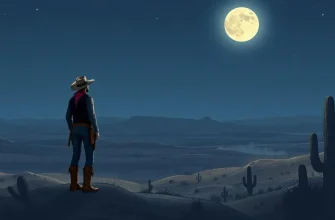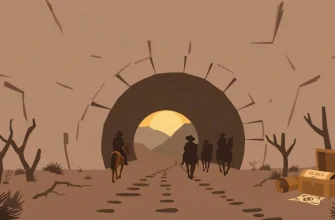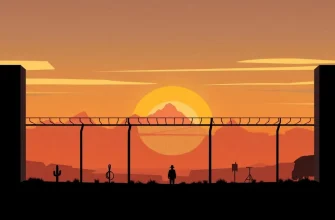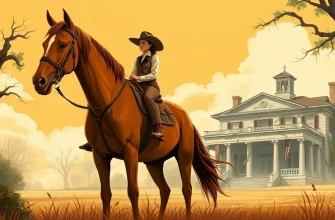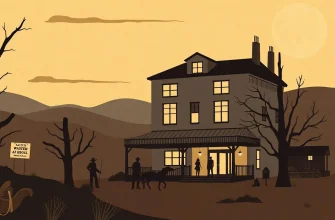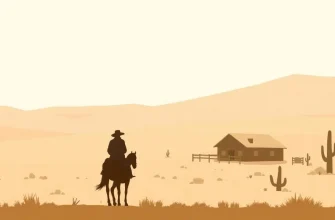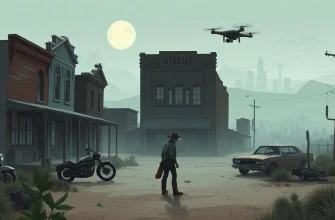The Wild West, with its lawless landscapes and rugged individualism, often serves as a backdrop for tales of justice, revenge, and survival. But what happens when you mix this iconic setting with the eerie atmosphere of a psychiatric hospital? This curated list explores the fascinating intersection of the Western genre with the psychological thriller, offering viewers a unique blend of action, drama, and suspense. Here, the untamed frontier meets the untamed mind, creating stories that are as compelling as they are unsettling.
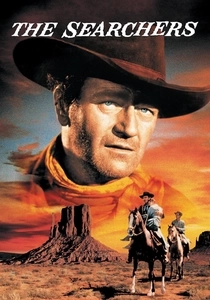
The Searchers (1956)
Description: Ethan Edwards, the protagonist, exhibits signs of psychological trauma and obsession, making his journey through the West a metaphor for his internal struggle, akin to a mental institution.
Fact: The film is often cited as one of the greatest westerns ever made, with John Wayne delivering one of his most complex performances.
 Watch Now
Watch Now 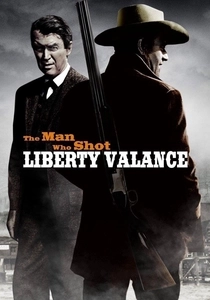
The Man Who Shot Liberty Valance (1962)
Description: While not set in a psychiatric hospital, the film explores themes of truth, justice, and the psychological impact of living with a lie, which can be seen as a form of mental confinement.
Fact: This film was John Ford's last great western and features both John Wayne and James Stewart.
 Watch Now
Watch Now 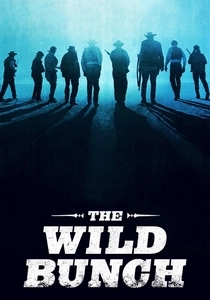
The Wild Bunch (1969)
Description: The film delves into the psyche of outlaws, showcasing their descent into madness and desperation, paralleling the chaos of a psychiatric hospital.
Fact: Sam Peckinpah's direction was revolutionary for its time, with its graphic violence and complex characters.
 Watch Now
Watch Now 
The Ballad of Cable Hogue (1970)
Description: Cable Hogue, after being left to die in the desert, finds water and builds a way station, encountering various characters, one of whom is a preacher with a questionable sanity, adding a psychological layer to the story.
Fact: Sam Peckinpah, known for his violent westerns, directed this film, which is more of a character study.
 Watch Now
Watch Now 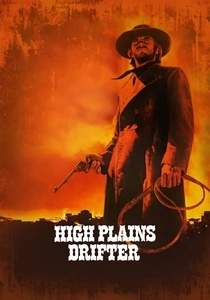
High Plains Drifter (1973)
Description: The mysterious stranger in this film could be interpreted as a manifestation of the town's collective guilt and madness, creating an eerie psychological atmosphere.
Fact: Clint Eastwood both directed and starred in this film, which has a supernatural twist.
 Watch Now
Watch Now 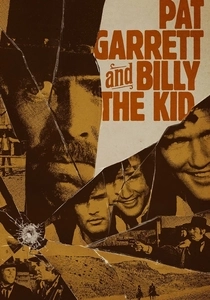
Pat Garrett and Billy the Kid (1973)
Description: The film explores the psychological bond between two former friends turned enemies, with themes of betrayal and the inevitable march towards death, akin to a mental struggle.
Fact: Bob Dylan provided the soundtrack and also had a small role in the film.
 Watch Now
Watch Now 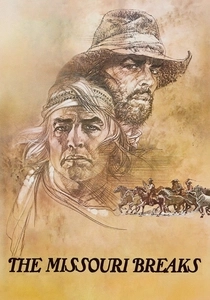
The Missouri Breaks (1976)
Description: This film features a character, Tom Logan, who is on the run from a relentless regulator, Robert E. Lee Clayton, who exhibits traits of a sociopath, creating a psychological cat-and-mouse game set against the backdrop of the Old West.
Fact: The film was the only collaboration between Marlon Brando and Jack Nicholson, two acting giants.
 Watch Now
Watch Now 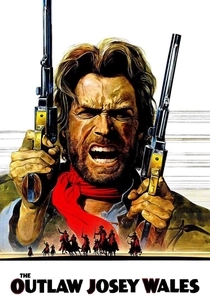
The Outlaw Josey Wales (1976)
Description: Although not set in a psychiatric hospital, the film includes a scene where Josey Wales confronts a group of Union soldiers who are terrorizing a town, one of which is a deranged doctor, providing a psychological twist to the classic western narrative.
Fact: The film was directed by Clint Eastwood, who also stars as the titular character, showcasing his versatility as both actor and director.
 Watch Now
Watch Now 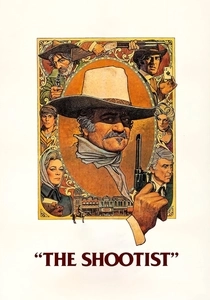
The Shootist (1976)
Description: While not directly set in a psychiatric hospital, this film features John Wayne's character, J.B. Books, who, after learning he has terminal cancer, seeks solace in a boarding house run by a widow with a troubled past, which has elements of psychological tension akin to a mental institution.
Fact: This was John Wayne's last film, and he was battling cancer in real life, adding a poignant layer to his performance.
 Watch Now
Watch Now 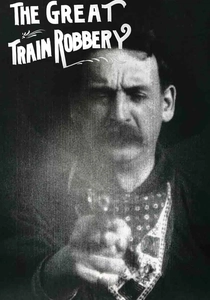
The Great Train Robbery (1903)
Description: This silent film, while not directly involving a psychiatric hospital, includes a scene where a character pretends to be insane to escape capture, blending elements of psychological manipulation with the western genre.
Fact: It's considered one of the first narrative films and was directed by Edwin S. Porter.
 30 Days Free
30 Days Free 

